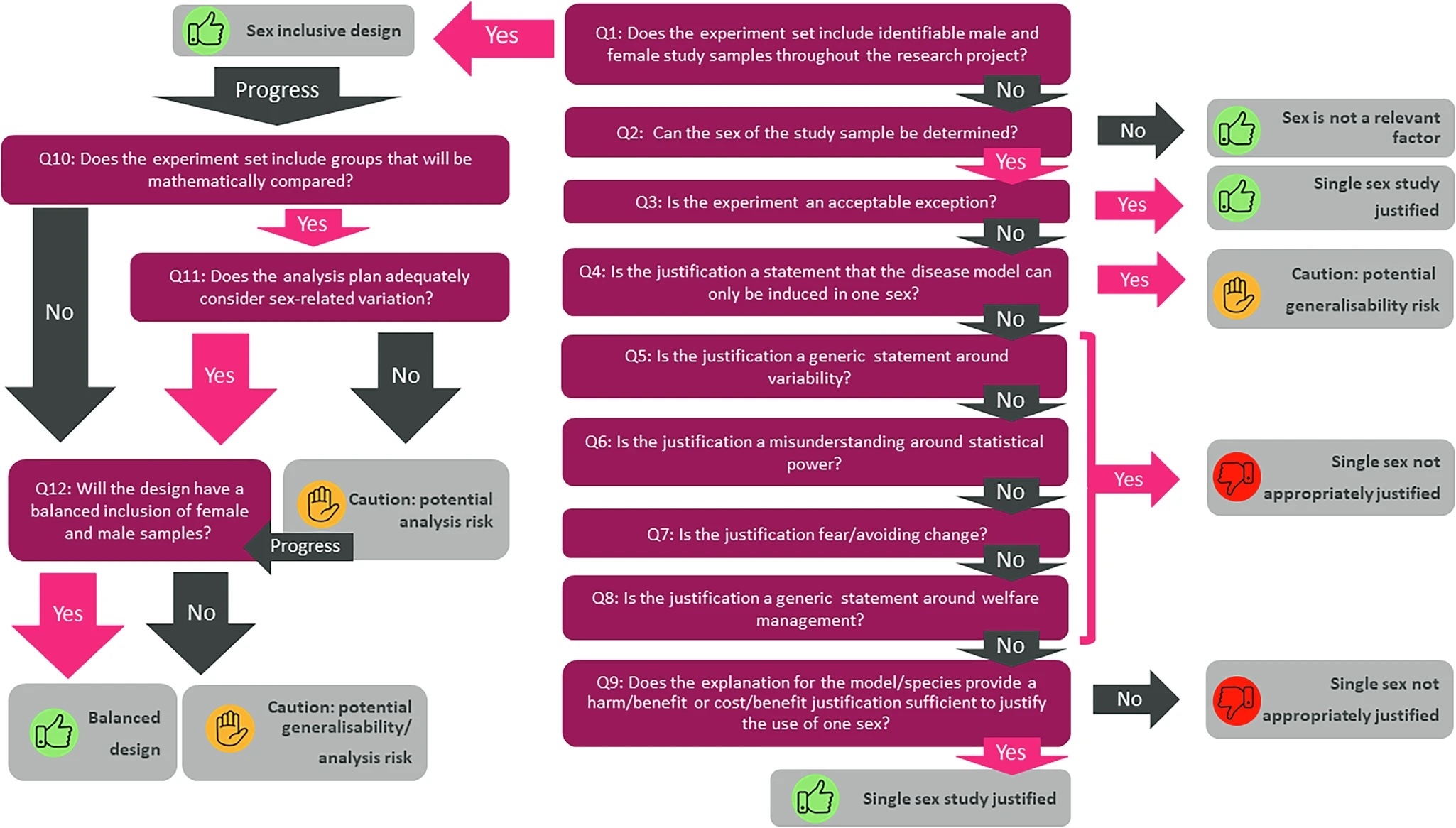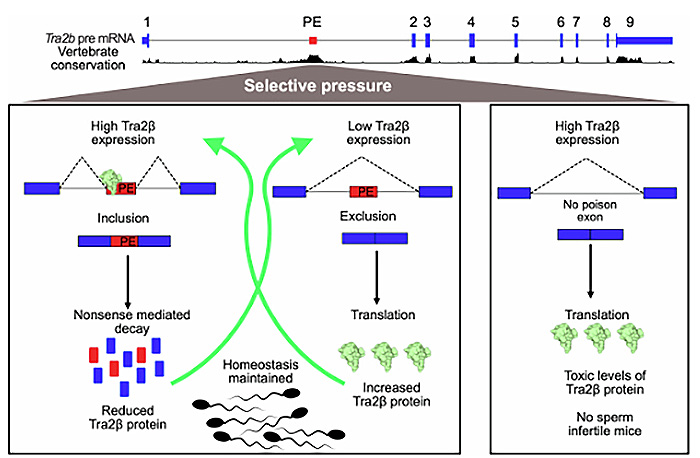Disrupted sleep patterns are a common feature of Down’s syndrome. New research by Pat Nolan’s group shows this is shared by Tc1 mice, providing a model for future studies.
Down’s syndrome sleep disturbances in mice Disrupted sleep patterns are a common feature of Down’s syndrome. New research by Pat Nolan’s group shows this is shared by Tc1 mice, providing a model for future studies. Image credit: Wellcome Images. Down’s syndrome is an extremely debilitating condition, caused by the whole or partial presence of a third copy of chromosome 21. It affects about 1 in 700 babies born, and comes with a whole host of health issues, including intellectual disability, early onset dementia and heart and gut problems. A less well known feature of Down’s syndrome is an unusual sleep pattern – patients with Down’s syndrome tend to be sleepier during the day, wake more during the night and take longer to get to sleep. While there are many mouse models of Down’s syndrome, none fully replicate all of the symptoms, so different models are used to study different aspects of the condition. Pat Nolan led research at MRC Harwell and the Nuffield Department of Clinical Neurosciences, published in Genes, Brain and Behavior, to investigate whether the Tc1 mouse model could be used to study these sleep disturbances. The Tc1 model is trans-species, expressing most of human chromosome 21, which adds to the two copies of the equivalent chromosome that mice already have. It is the most complete genetic model of Down’s syndrome, with many characteristics of someone with the condition, including learning and memory problems. It also avoids the confounding issue found in other models of additional, irrelevant chromosome regions also being duplicated. However, no one had looked into whether Tc1 had unusual sleep patterns. The researchers used two complementary methods, circadian wheel running and video tracking, to monitor a group of male Tc1 mice and compare their behaviour to a set of ordinary male mice. The circadian wheel method tracks when they are running on their wheel and uses this as measure of their activity, whereas video monitoring tracked when they were immobile and took this as a measure of sleep. During circadian wheel running, mice were monitored during a normal day/night cycle of 12 hours light and 12 hours darkness, followed by 12 days of constant darkness and 14 days of constant light, whereas for video tracking mice were tracked for one normal day/night cycle and one day in constant darkness. Mice are nocturnal, so naturally sleep more during the day and are more active at night. During the night, the Tc1 mice displayed an initial period of total hyperactivity, barely stopping at all for the first six hours and had a lower number of sleep episodes (our equivalent of a nap) during their active phase. When the researchers later added a 3 hour pulse of light in the middle of the night, which normally triggers sleep, they found it had little effect in inducing sleep on the Tc1 mice – they stayed active and took much longer to settle down and go to sleep. Taken together, these findings point towards Tc1 as a model that could prove extremely useful for future research into the sleep patterns of those with Down’s syndrome, helping us understand why so many people with the condition have trouble getting a good night’s sleep.


